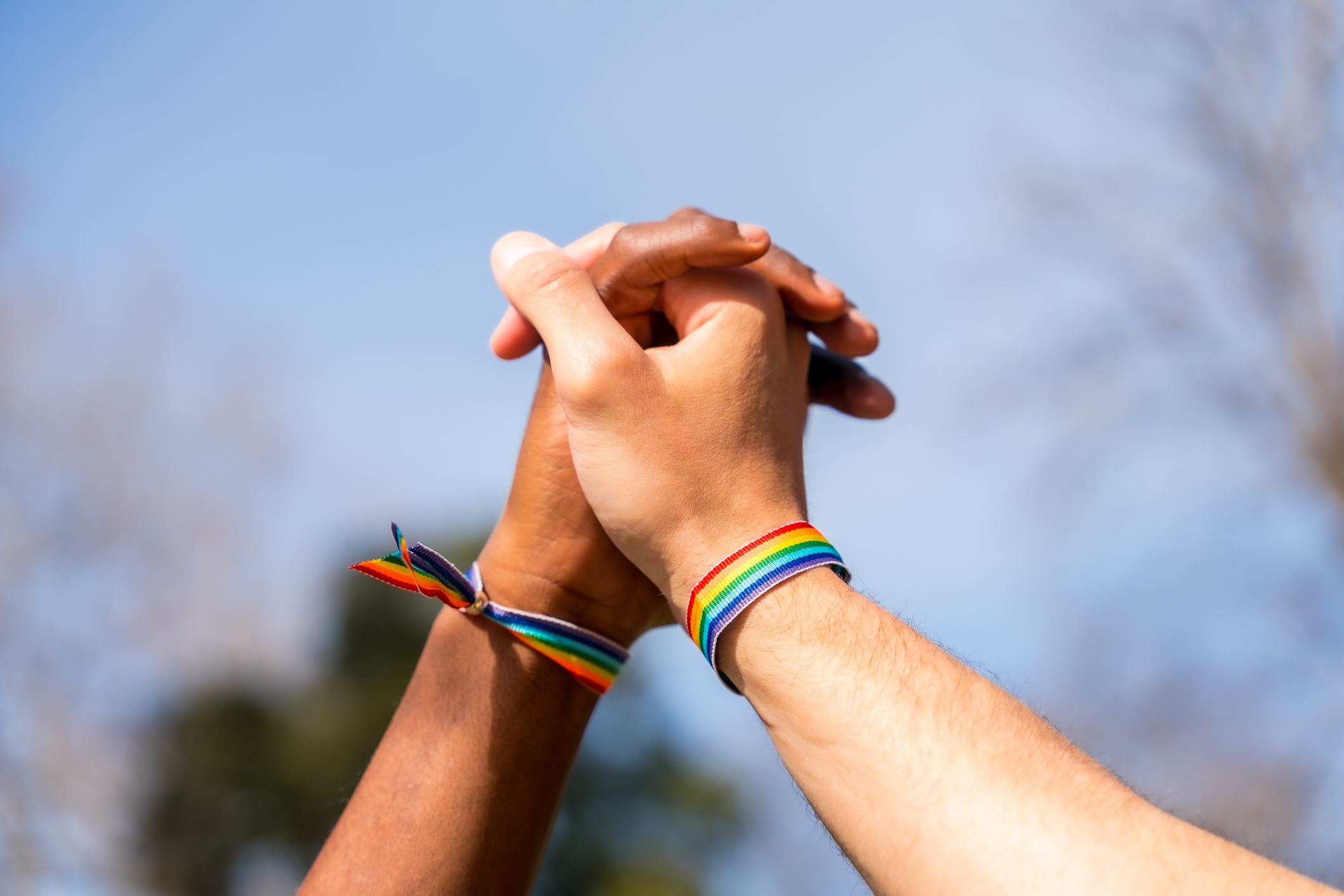What is Asylum?
Foreign nationals may seek protection in the United States because they have suffered persecution or fear of persecution due to:
- Race
- Religion
- Nationality
- Affiliation with a social group
- Political opinion
A person can only apply for asylum if they are physically present in the United States and are not citizens.
There are two different types of asylum:
- Affirmative asylum is an immigration status granted by the federal government for people who are afraid to return to their home country due to prior serious harm or who may be harmed in the future.
- Defensive asylum is an immigration status for individuals who are applying for asylum before an immigration judge. It is usually reserved for people who are detained in immigration detention or who are already in removal proceedings.
Ideally, most individuals who are seeking asylum are undergoing the affirmative asylum route.
When is Asylum Granted for LGBTQ+ Individuals?
For asylum to be granted, the individual must demonstrate that there is at least a 10% chance that the foreign government or a person or group that the government cannot control will cause harm.
Additionally, an individual must apply for asylum within one year of entering the United States, although exceptions may apply.
To win an asylum case, the individual must demonstrate:
- Serious harm or possible harm faced in the home county. Legally, this is considered persecution and pertains to injustices such as beatings, rape, kidnapping, death threats, or other serious harm.
- The government or someone whom the government will not or cannot control will harm the individual. The government includes the police, army, or any official who will issue harm as a part of their job. Demonstration of this element may involve showing police reports where a person was beaten or threatened for an LGBTQ+ status, and the police did not offer help.
- Others are harming the individual because of affiliation with the LGBTQ+ “particular social group,” as outlined by the United States Citizenship and Immigration Services.
- The individual cannot move to a different part of their home country to be safe.
- The individual has not been deported in the past. With deportation, a person cannot apply for asylum but may be able to apply for other types of immigration support.
- The individual has not committed certain crimes. Certain criminal charges may complicate an application or ban a status of asylum altogether.
What is the Nexus of an Asylum Case for an LGBTQ+ Individual?
To prove an asylum case, the individual must establish a nexus, which is a legal term meaning proof that the harm that was suffered or feared is a direct result of the LGBTQ+ status.
For example, evidence must be provided that the individual was severely beaten by law enforcement because they are a transgender man or that a family member attacked them because they identify as a gay man.
A person identifying as LGBTQ+ does not have to be the only reason they were harmed, but proof should be provided that it was one of the main reasons for harm.
What Evidence Should Be Included With an Application for Asylum?
When a person applies for asylum, one important document is the declaration. A declaration is the individual’s story of persecution and fear of harm that occurred in their home country. A declaration should be truthful and transparent. Any evidence of false information may cause the application to be rejected.
Important components of a declaration may include:
- Information regarding childhood and teenage years, such as treatment by family and peers, religious or other authority figures who assumed or were aware of LGBTQ+ affiliation. Add as much detail as possible.
- When individuals become aware of their identification as LGBTQ+, this should include their reactions to this realization and those of others.
- Information regarding romantic relationships, such as details about past and current partners, is important because it showcases the LGBTQ+ status as an important part of their lives.
- Any reported abuse to the police and what was done about it. Police who refuse to help or otherwise mistreat an individual will demonstrate the experienced persecution from a government level.
Other pertinent evidence may include:
- Letters or statements from current or past romantic partners who can corroborate the claim
- Letters or statements from other individuals who can support the claim of fear of persecution
- Social media or dating profiles demonstrating LGBTQ+ affiliation
- Documents or pictures showing attendance or membership in LGBTQ+ organizations
- Police reports
- Medical records or psychological evaluations
- Newspaper articles
- Country conditions
All evidence must be presented in English. Documents in other languages can be translated. The translation should be included in the original document with a signed copy of a Certificate of Translation.
What is the Application Process for Asylum?
To apply for asylum, the individual must be in the United States and can submit Form I-589, Application for Asylum and Withholding of Removal, to the U.S. Citizenship and Immigration Services.
Once the application has been accepted, the applicant will receive a notice of receipt and a biometrics services appointment, begin security vetting, and receive the date of an interview in which they must demonstrate a credible fear for safety if removed from the United States.
If the case is not approved, they may apply using the defensive process.
Do You Need an Attorney?
If you or a loved one have experienced persecution due to your identification as LGBTQ+, you are not alone. You deserve the same freedoms and protection as any other person, and we are committed to fighting for justice on your behalf. Call Metcalf & Associates, P.C., today at 224-328-1900 or complete a contact card to schedule your free telephone consultation.




